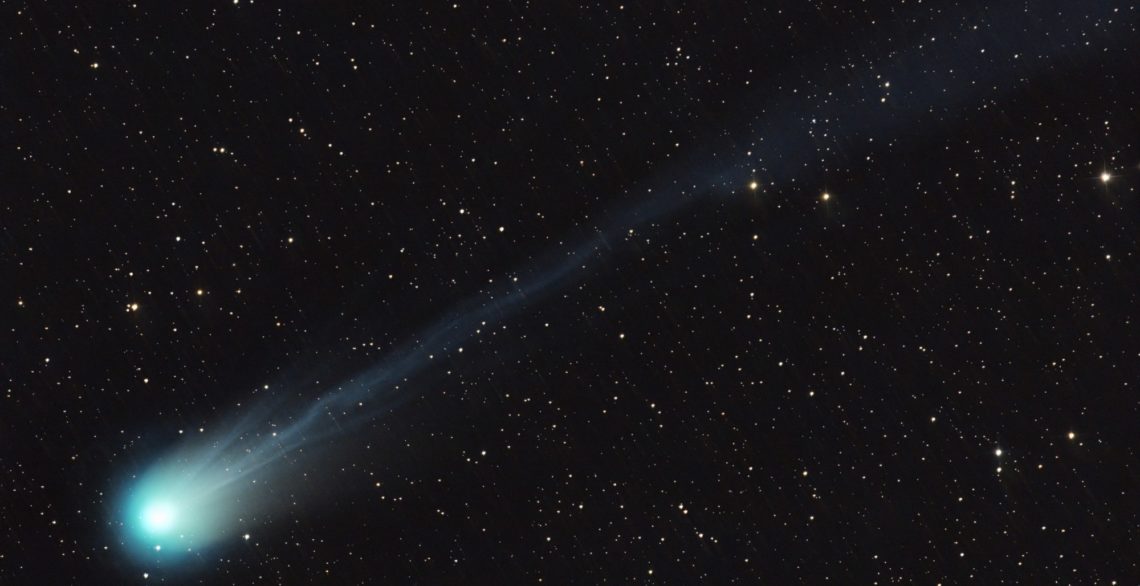3I/ATLAS may be the current figurative star of the skies at the moment, as researchers debate whether it’s just a bizarre comment or something alien. But there’s a comet out there doing something even weirder than anything 3I/ATLAS has been up to as of late: it’s talking to us via burps.
Comet 12P/Pons-Brooks has been swinging by since 1812, long before we had telescopes good enough to see it. But during its 2024 lap around the Earth, astronomers pointed China’s Tianma Radio Telescope at it and detected bursts of radio signals.
Specifically, it was firing off hydroxyl, the byproduct of sunlight tearing apart water molecules—over five tons of it at a distance of one astronomical unit.
Comet 12P/Pons-Brooks Is Firing Off Radio Signals—Here’s Why
Every time 12P swings by, it sends out light and radio flares. Scientists still don’t fully get why, but Tianma’s 2024 data gave them a clearer picture.
By simulating how sunlight hits the comet’s crust, researchers found that its water production spikes hard during these outbursts, suggesting something volatile is bubbling just beneath the surface.
And then there’s the ammonia. It’s the first time anyone’s spotted the organic compound in a Halley-type comet, and it might be the missing clue to what’s stirring those explosive burps.
The detection hints at hidden pockets of volatile materials beneath the crust that could be venting under solar heat, like a very slow-motion geyser made of space ice and ancient chemicals.
Earlier this year, a NASA team led by Martin Cordiner found that 12P’s water has almost the same isotopic signature as Earth’s. That means the comet’s water looks chemically identical to ours, supporting the idea that comets like this one might’ve delivered the H2O that made life possible here.
The post A 17 Year Comet Is Firing Off Radio Signals. What Does That Mean? appeared first on VICE.




